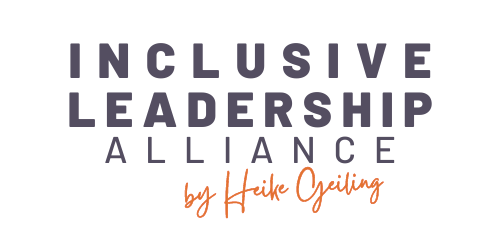In the modern workplace, Diversity, Equity, and Inclusion (DEI) initiatives are more than just buzzwords – they are at the forefront of organisational success.
However, we need to move beyond lip service and manifest true diversity, equity, and inclusion. This requires more than just good intentions. It demands a commitment to practical strategies and measurable progress.
One of the ways to measure the effectiveness of DEI initiatives is to employ specific metrics that measure and benchmark your progress across the entire employee life cycle.
Let’s explore why metrics are important in measuring DEI initiatives:
Metrics as Catalysts for Change
To advance DEI efforts, organisations must embrace data-driven decision-making. Metrics provide a clear, evidence-based view of where disparities exist, making them indispensable for gaining support, even from the most sceptical stakeholders.
Metrics for Problem Identification
Metrics are invaluable for pinpointing the precise areas where DEI disparities exist. Take the hiring process, for instance, which comprises multiple stages. Metrics play a crucial role in identifying specific areas requiring attention to ensure fair hiring practices.
In an example provided by an article in HBR, a tech company encountered a different issue revealed by metrics. It became evident that white men were receiving job offers with lower interview scores compared to other groups. A recent study also revealed that a gender promotion gap of 30% to 50% can be attributed to the practice of evaluating white men based on their potential, while individuals from other demographics are required to consistently demonstrate their capabilities. Addressing such issues is key to meeting DEI benchmarks.
The Value of DEI Metrics
Investing in DEI metrics is of utmost importance. Metrics provide a clear roadmap for organisations, helping them allocate resources where they are needed most. With metrics, companies can avoid wasting time and resources on initiatives that don’t address the core issues.
The “APPLE PIE” Metrics for DEI
Companies that prioritise DEI not only foster a richer and more vibrant workplace but also position themselves for sustained success.
To gauge the effectiveness of your DEI initiatives, here are seven metrics, known as “APPLE PIE“, as mentioned in this HBR article, that can help measure DEI initiatives effectiveness within your organisation.
- Attrition: This metric measures the rate at which employees leave your organisation. Low attrition indicates that your workplace is inclusive and attractive to a diverse range of individuals.
- Performance: Evaluating performance ratings across all demographic groups ensures fairness and provides valuable insights into potential biases that may exist within your appraisal processes.
- Promotions: Assess the balance of promotions at both entry and junior levels and evaluate the representation of underrepresented groups in leadership positions. A well-rounded leadership team reflects a diverse and inclusive organisation.
- Leadership Pipeline: Building a diverse leadership pipeline is crucial. However, it’s equally important to provide support and resources for current leaders to effectively manage a diverse talent pool. Recognise that merely placing a diverse individual in a leadership role does not guarantee inclusive leadership. Inclusive intelligence and inclusive leadership are skills that can be trained and developed. They do not automatically come with the task assigned.
- Employment Pipeline: Analyse the entire hiring process, from application to interview to offer acceptance rates, to ensure that it is free from biases and fosters inclusivity at every stage.
- Pay Equity: Focus on ensuring that equal pay is provided for equal work, with compensation based on competency rather than tenure. Pay equity is a fundamental element of a just and inclusive workplace.
- Inclusion: Go beyond headcounts to measure the sense of belonging that employees feel within your organisation. Assess their relationships with managers and their access to influential networks. Inclusive intelligence and inclusive leadership are skills that can be trained and developed. They do not automatically come with the task assigned. Make sure your leaders have access to the right tools.
In my inclusive leadership training programmeI enable leaders to create a sense of belonging for your teams, establish psychological safety, and ensure that everyone has access to influential networks. If leaders get this method right, they could actually increase diversity and measure their success.
These seven metrics, when established and benchmarked, create an accountability framework that demonstrates the success of DEI programs. While not all organisations currently employ all of these metrics, aspiring to do so significantly enhances an organisation’s commitment to diversity, equity, and inclusion. It can also actively work to increase diversity and inclusivity while fostering a workplace where everyone can thrive.
Metrics are more than just data; they are agents of change that offer undeniable evidence and pinpoint specific areas for improvement. To make genuine progress in DEI, organisations must leverage data to address systemic biases and create a more equitable workplace for all.
Remember, what gets measured gets done, and transparent data helps organisations identify priorities and make meaningful progress in their DEI journey.
Need help with your DEI journey? Let’s get in touch.




